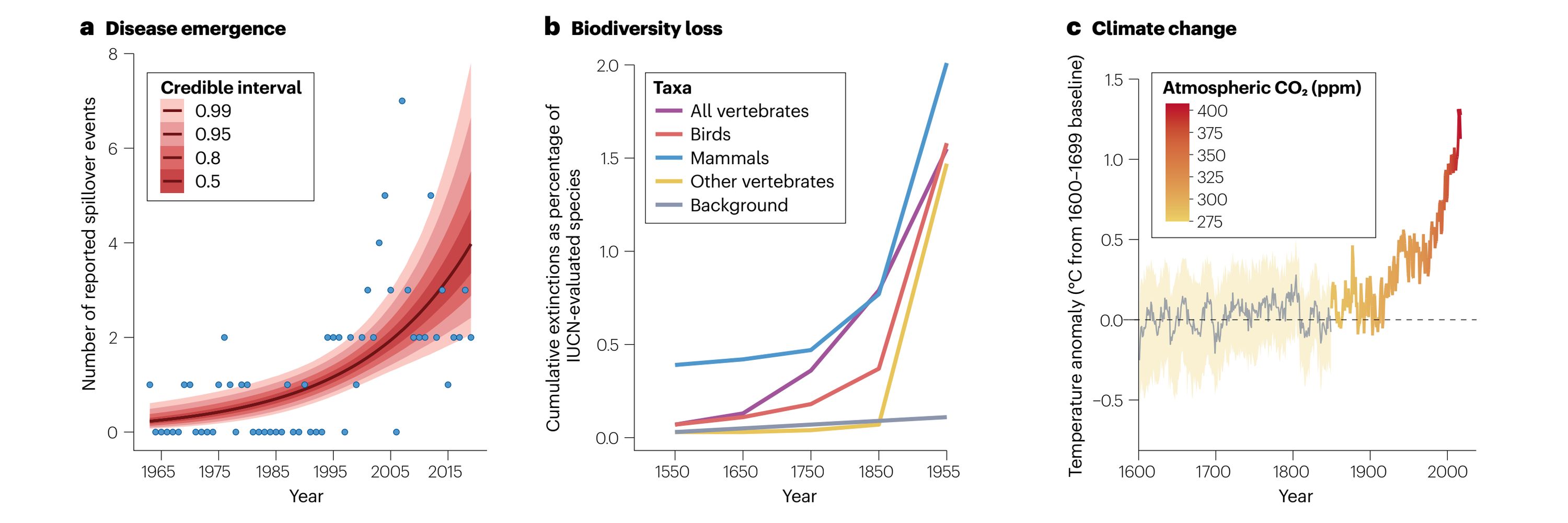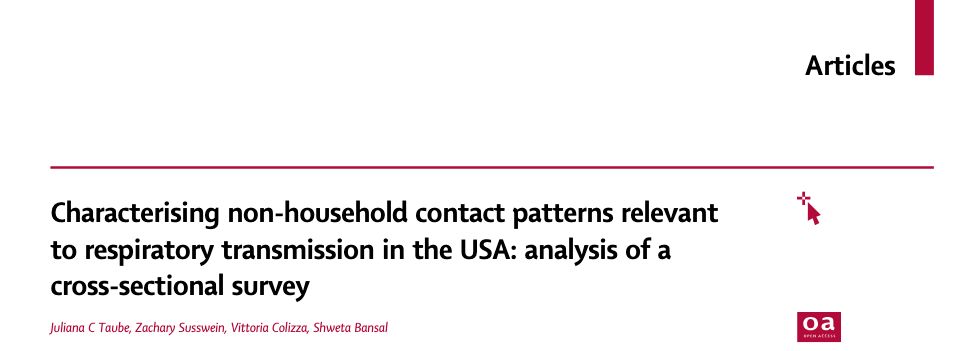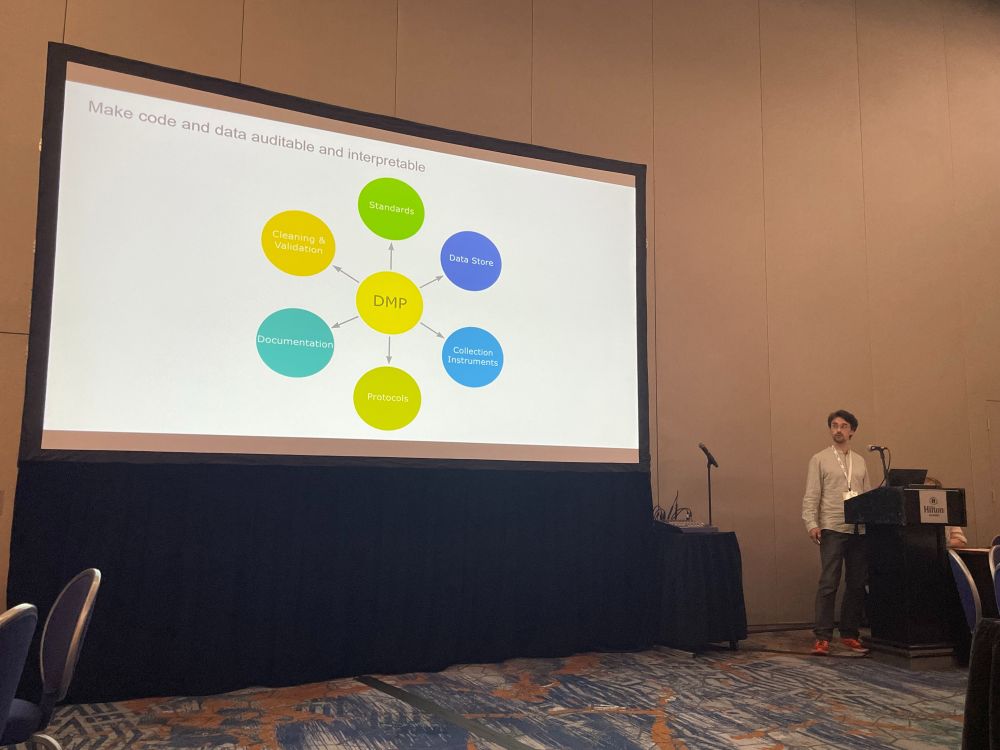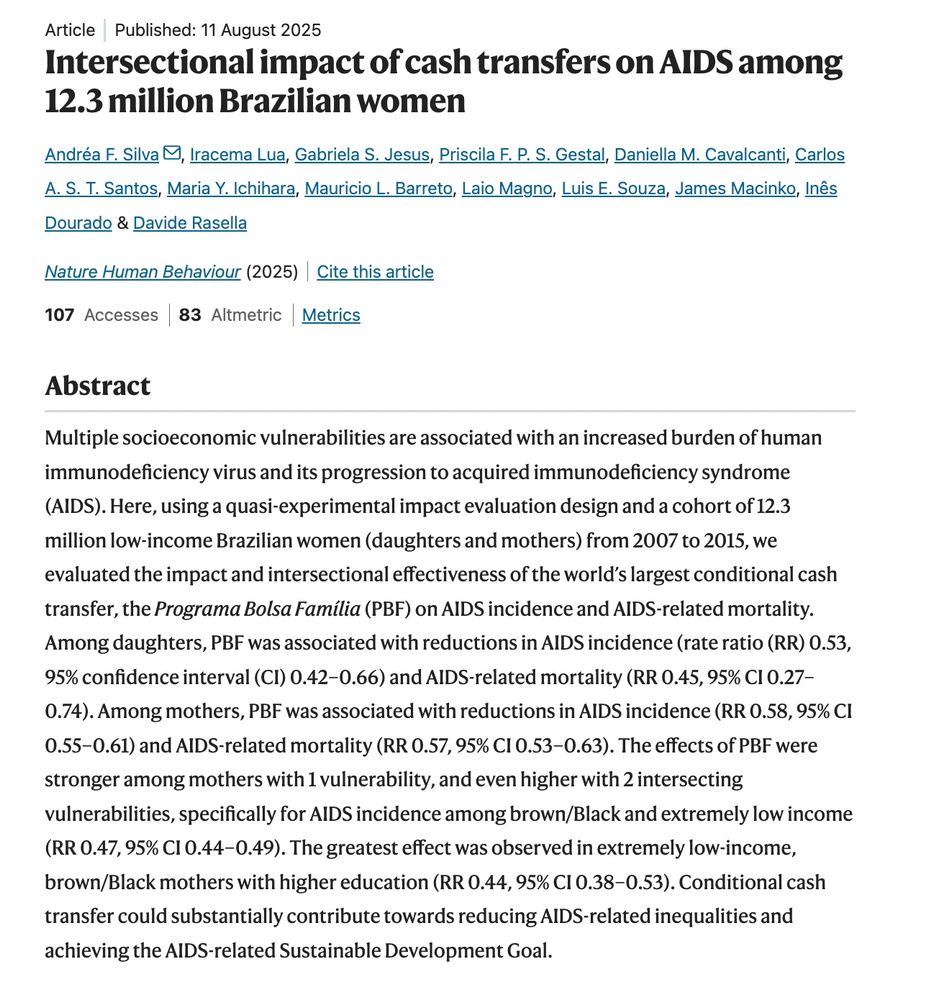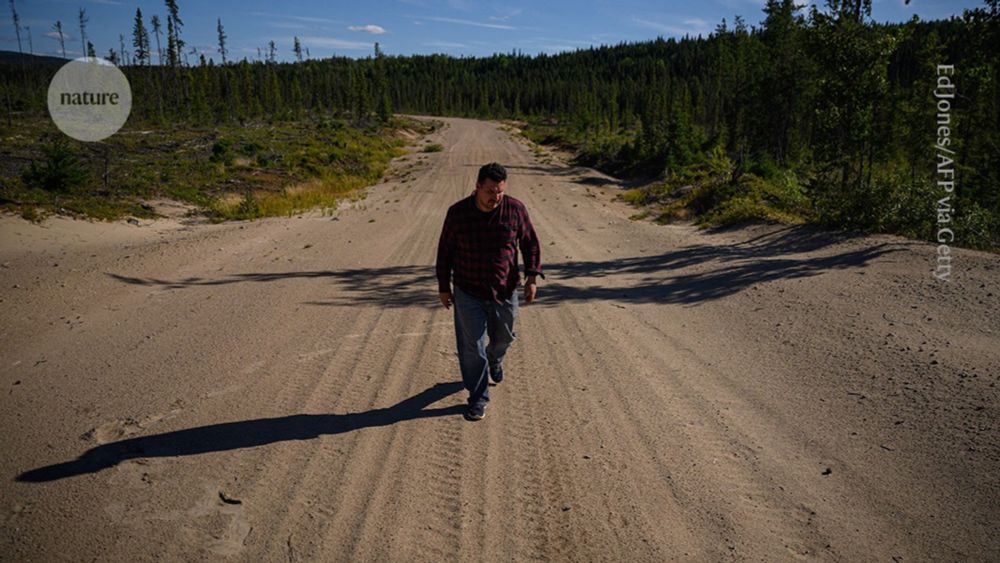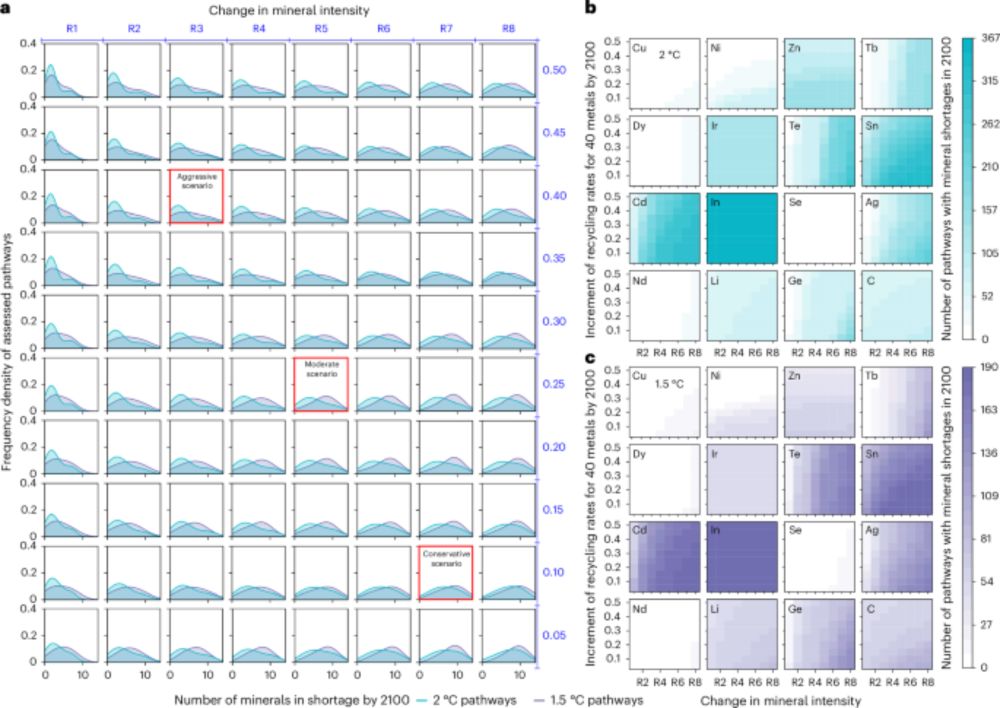The Carlson Lab @ Yale
@carlsonlab.bsky.social
1.2K followers
3.5K following
44 posts
We work on planetary problems. Currently: counting climate change-related deaths; pandemic risk assessment in a changing biosphere; data, science, and vaccine access during public health emergencies. 👉 carlsonlab.bio
Posts
Media
Videos
Starter Packs
Reposted by The Carlson Lab @ Yale
Reposted by The Carlson Lab @ Yale
Reposted by The Carlson Lab @ Yale
Reposted by The Carlson Lab @ Yale
Reposted by The Carlson Lab @ Yale
Reposted by The Carlson Lab @ Yale
Reposted by The Carlson Lab @ Yale
Reposted by The Carlson Lab @ Yale
Reposted by The Carlson Lab @ Yale
Reposted by The Carlson Lab @ Yale
Reposted by The Carlson Lab @ Yale
Reposted by The Carlson Lab @ Yale
Karolina Heyduk
@kheyduk.bsky.social
· Aug 19

Cryptic CAM photosynthesis in Joshua tree (Yucca brevifolia, Y. jaegeriana)
Joshua trees are long-lived perennial monocots native to the Mojave Desert in North America. Composed of two species, Yucca brevifolia and Y. jaegeriana (Asparagaceae), Joshua trees are imperiled by...
nph.onlinelibrary.wiley.com
Reposted by The Carlson Lab @ Yale
Reposted by The Carlson Lab @ Yale
Reposted by The Carlson Lab @ Yale
Reposted by The Carlson Lab @ Yale
